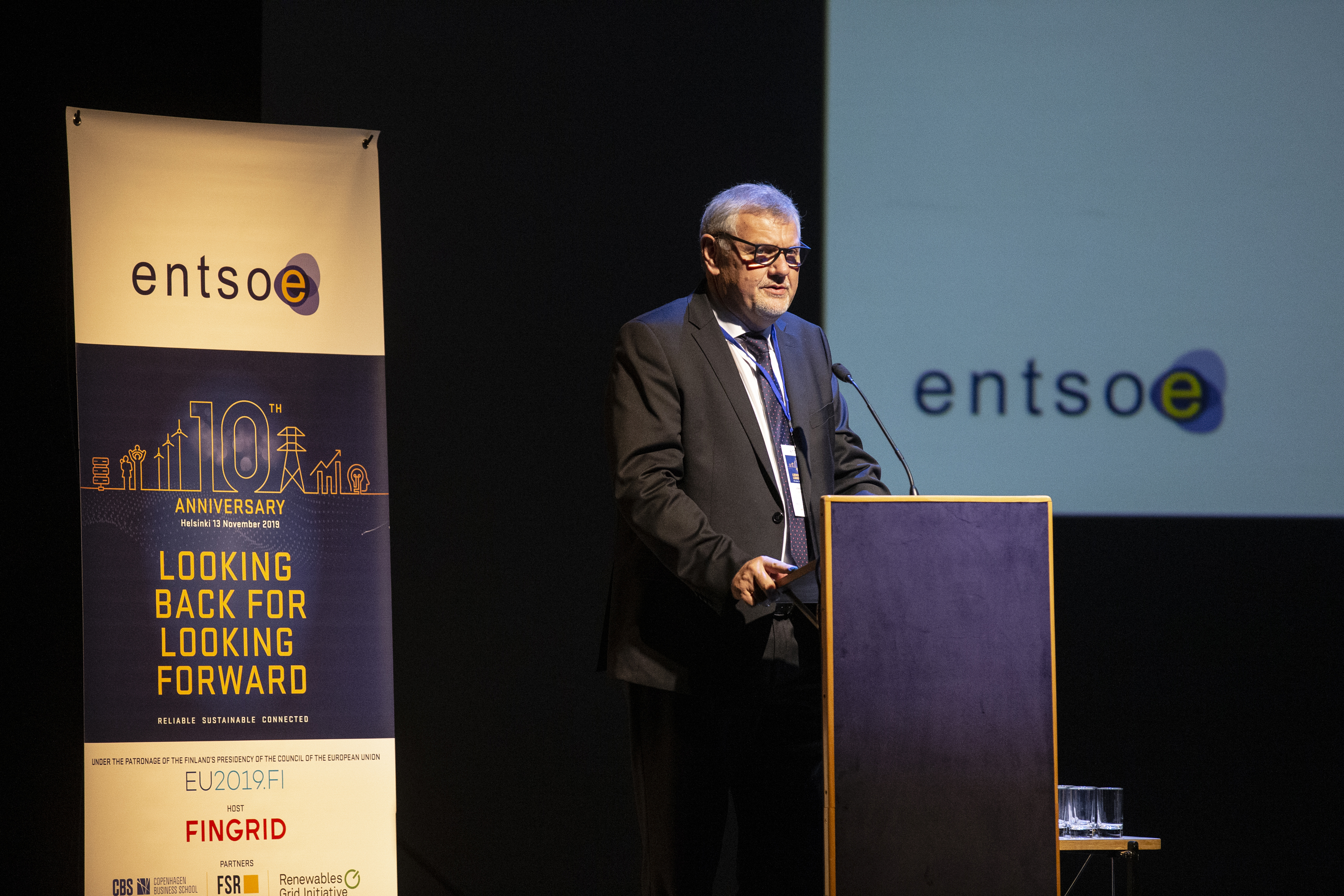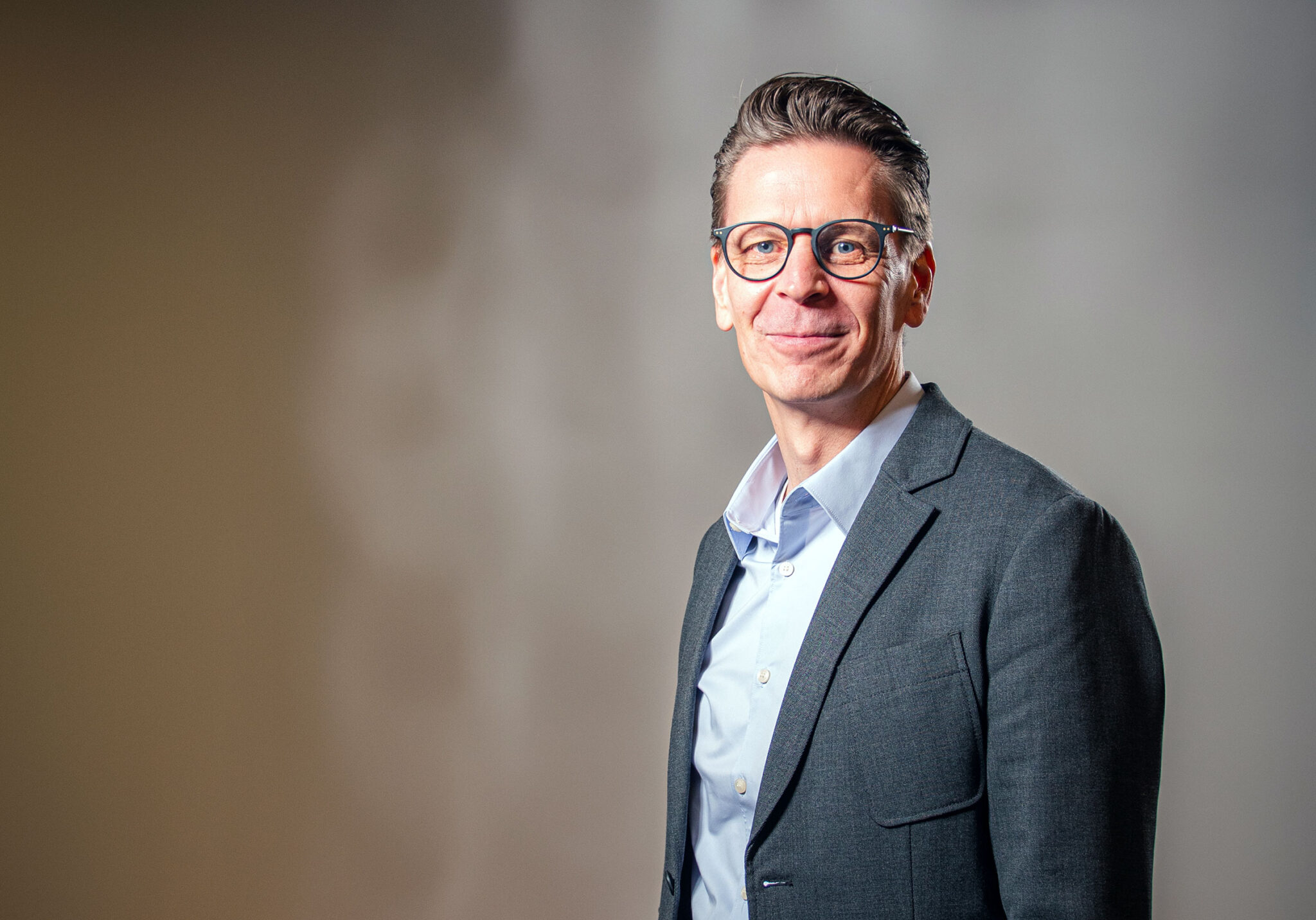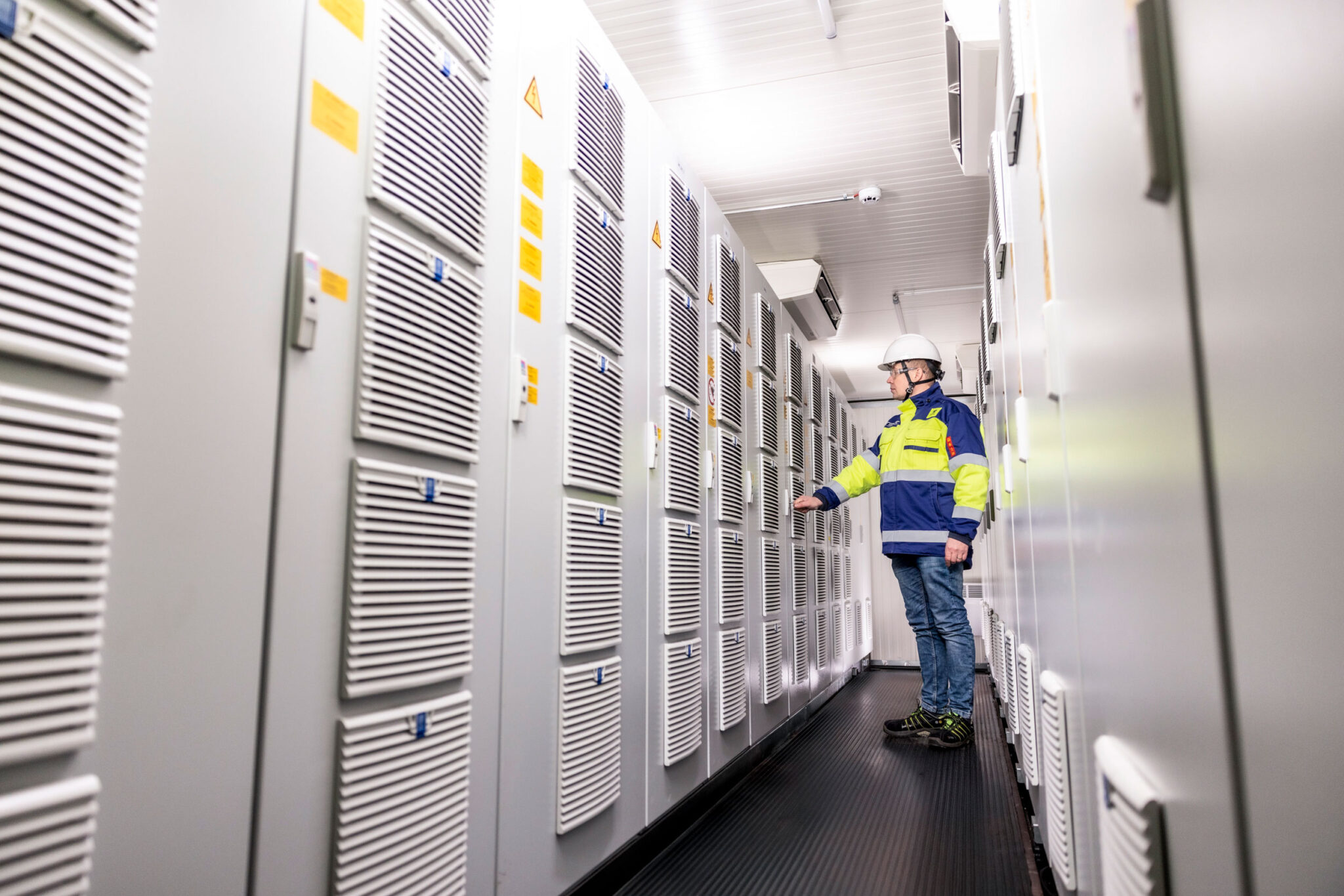
Joachim Vanzetta, points out that ENTSO-E, along with ENTSOG and ACER, were all created by the Third Energy Package in 2009.
“Through the collective work of experts in these institutions, we have Europe at work, every day – discussing, developing rules, tools and platforms as building blocks of the EU Internal Energy Market and the Energy Union,” he says.
Since the start in 2009, ENTSO-E has developed rules and tools for the EU internal energy market – 8 network codes and guidelines. “This set of rules drafted by ENTSO-E facilitates the harmonisation, integration and efficiency of the European electricity market and contributes to meeting the EU climate and energy targets and delivering benefits to society.”
Delivering results

Pascale Fonck, Vice-Chair of the Board at ENTSO-E, agrees that the organization has delivered a lot, on various fields. “One very important deliverable is the drafting of network codes.”
There’s been constant evolution in the mandated tasks of ENTSO-E and this will continue onwards. Fonck sees this as a sign of trust: ENTSO-E has been able to handle its responsibilities well.
“We can be proud of the results, but the challenges ahead are still big.”
Joachim Vanzetta also brings up regional coordination for system security: TSO cooperation is not only taking place at the European level. “TSOs’ regional coordination is also crucial and started bottom-up.”
In fact, European and regional cooperation has been in the core of the TSOs’ work since decades already, he notes.
“We have proactively developed initiatives and tools to cooperate effectively and have proven that our cooperation also works even in most critical situations, such as the solar eclipse in March 2015, the dryness period in August 2015, or the cold spell in February 2017.”
Focus on grid planning
Another issue of great significance that Vanzetta mentions is common grid planning: during the last decade, ENTSO-E delivered five long term network development plans (the so-called TYNDPs) as well as 8 security of supply assessments such as mid-term adequacy forecasts (the so-called MAFs).
A Cornerstone: With regards to data & digitalization, a major deliverable is the Common Grid Model – an unprecedented, pan-European IT programme that will allow TSOs to exchange data continuously and contribute to increase security of supply as well as support electricity trades cross border.
“This programme requires a dedicated physical network and a secure information exchange environment as well as a large standardization effort. IT and cybersecurity will continue to be cornerstones of TSOs’ cooperation for years to come.”
Make it transparent!
According to Vanzetta, also the creation of a “transparency platform” has been key in the success of ENTSO-E. It facilitates transparency of market information for the implementation of the internal energy market and the creation of efficient, liquid and competitive wholesale markets.
“The transparency platform supports the creation of a level playing field between market participants,” he says.
All through this, close work with key stakeholders – at both European and national level – has been instrumental in supporting ENTSO-E’s work on developing robust and well-received proposals.
“Since 2015, we’ve had more than 200 public consultations.”
Get ready for the future
ENTSO-E’s tagline ”Reliable. Sustainable. Connected” provides great perspective and momentum into the future, as was apparent from the TSOs’ CEO video greeting at the Conference.
Looking ahead, Vanzetta believes that the work and contribution of ENTSO-E and the TSO community to society at large will be more widely recognized by the Clean Energy Package.
“The CEP gives a number of new mandates to ENTSO-E, including Risk Preparedness, Pan-European resource adequacy assessment, Regional Coordination Centres, a tool to facilitate cross-border participation in capacity mechanisms, among many others,” he lists.
“We’re looking forward to a new decade of successful cooperation.”







